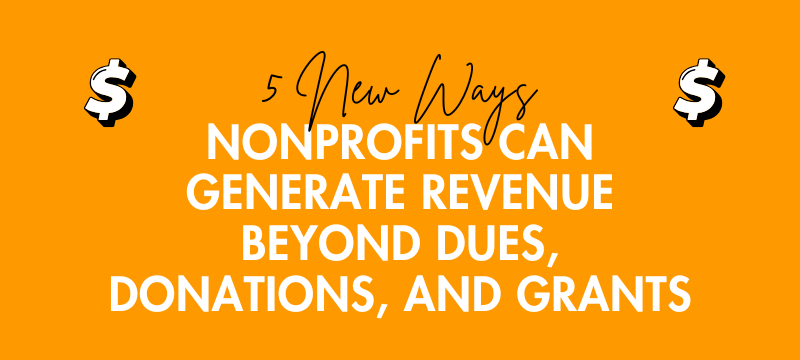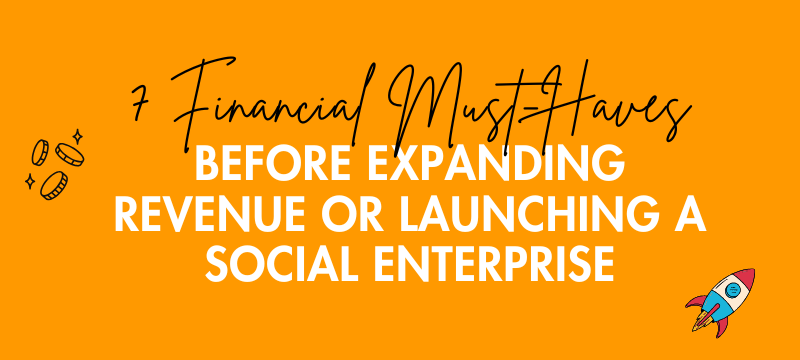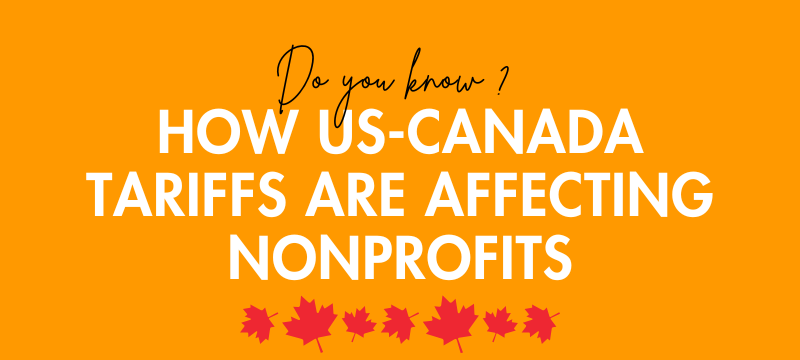For many nonprofits, the need to generate additional revenue—whether through fee-for-service programs, sponsorships, or a…

5 NEW Ways Nonprofits Can Generate Revenue Beyond Dues, Donations, and Grants
5 NEW Ways Nonprofits Can Generate Revenue Beyond Dues, Donations, and Grants
Nonprofits have traditionally relied on donations, grants, and membership dues to fund their operations. But as economic challenges grow, it’s time to think bigger. What if your nonprofit could unlock entirely new revenue streams through innovative nonprofit revenue strategies that weren’t dependent on fundraising cycles?
At OTUS Financial Solutions, we’re committed to helping nonprofits generate $50 million in nonprofit revenue strategies over the next decade. That means finding direct, scalable, and sustainable ways to bring in money—not just rethinking fundraising, but reinventing business models.
Here are five high-impact nonprofit revenue strategies that forward-thinking organizations are already using to generate real dollars and build long-term financial sustainability:
1. Cryptocurrency Endowments: Turning Digital Assets into Long-Term Funding
💰 How this generates revenue: Accepting cryptocurrency isn’t just about one-time donations—your nonprofit can create an endowment fund where digital assets appreciate in value over time. Organizations that did this early are now seeing double-digit returns on their crypto holdings.
Example: In Canada, organizations like the SickKids Foundation now accept cryptocurrency donations, converting them into endowment investments. With Bitcoin and Ethereum growing in value, early adopters turned six-figure donations into seven-figure assets.
How to implement: Set up a crypto wallet through platforms like The Giving Block and create a “Founder’s Club” for early crypto donors to build momentum.
2. Green Bonds: Raising Capital Without Relying on Grants
💰 How this generates revenue: Instead of relying on government funding, nonprofits can issue green bonds—essentially borrowing money from investors and paying them back with interest, while funding mission-driven projects.
Example: In 2022, the Nature Conservancy of Canada issued a green bond that raised millions to protect forests and wetlands, while investors received financial returns. Instead of waiting for donations, they used market-based investment to accelerate impact.
How to implement: Work with financial advisors to create a nonprofit bond offering, and pitch it to ESG-focused investors looking for both impact and returns.
3. White-Labeling Expertise: Sell Your Nonprofit’s Knowledge as a Service
💰 How this generates revenue: Many nonprofits develop deep expertise in their field. Instead of giving that knowledge away for free, package and sell it as a service.
Example: The Canadian Mental Health Association (CMHA) sells workplace mental health training to corporations for thousands of dollars per session. What started as a mission-driven program turned into a multi-million-dollar revenue stream.
How to implement:
- Identify what your nonprofit does better than anyone else (e.g., training, consulting, certification).
- Package it into a professional service offering with clear pricing.
- Sell it to corporations, government agencies, and industry associations that need that expertise.
4. Community-Owned Real Estate: Make Money While Solving Housing & Space Challenges
💰 How this generates revenue: Instead of paying rent, nonprofits can invest in real estate—either by buying their own space or co-developing property with impact investors. This turns real estate into a source of passive income instead of an expense.
Example: The YWCA Toronto partnered with real estate developers to create affordable housing and commercial rental units, generating steady cash flow while supporting their mission. They now own real estate worth over $100M, which will fund their programs for decades.
How to implement:
- Partner with impact investors or housing co-ops to acquire property.
- Rent out a portion of your space to tenants (coworking spaces, event rentals, social enterprises).
- Look into community land trusts to access funding for mission-aligned real estate.
5. Productized Group Benefits: Negotiate & Sell Exclusive Perks for Members
💰 How this generates revenue: Instead of offering generic member benefits, negotiate exclusive group rates on insurance, HR services, or software—and take a percentage of the savings.
Example: The Ontario Nonprofit Network (ONN) negotiated exclusive health and dental plans for nonprofits, generating millions in annual revenue by taking a small fee per participant while reducing costs for members.
How to implement:
- Survey members to find out what services they need most.
- Partner with a vendor to offer discounts at scale.
- Charge a small administration fee per participant—or negotiate a revenue share with the provider.
Final Thoughts: The Future of Nonprofit Revenue Is About Ownership, Not Asking
These nonprofit revenue strategies aren’t about asking for more money—they’re about owning revenue streams that grow over time. Whether it’s investment-based funding (crypto, green bonds, real estate) or service-based revenue (white-labeling expertise, selling group benefits), the key takeaway is this:
✅ Nonprofits already have valuable assets (knowledge, community trust, market influence).
✅ The future of funding is about monetizing those assets intelligently.
At OTUS Financial Solutions, we help nonprofits build financial resilience by unlocking hidden revenue potential. Want to brainstorm how your organization can implement sustainable nonprofit revenue strategies and break free from the traditional funding cycle? Let’s talk. Check out our podcast for more insights!



